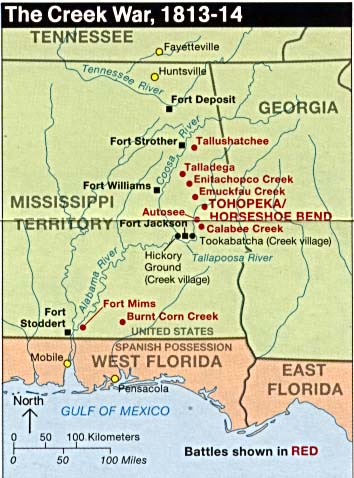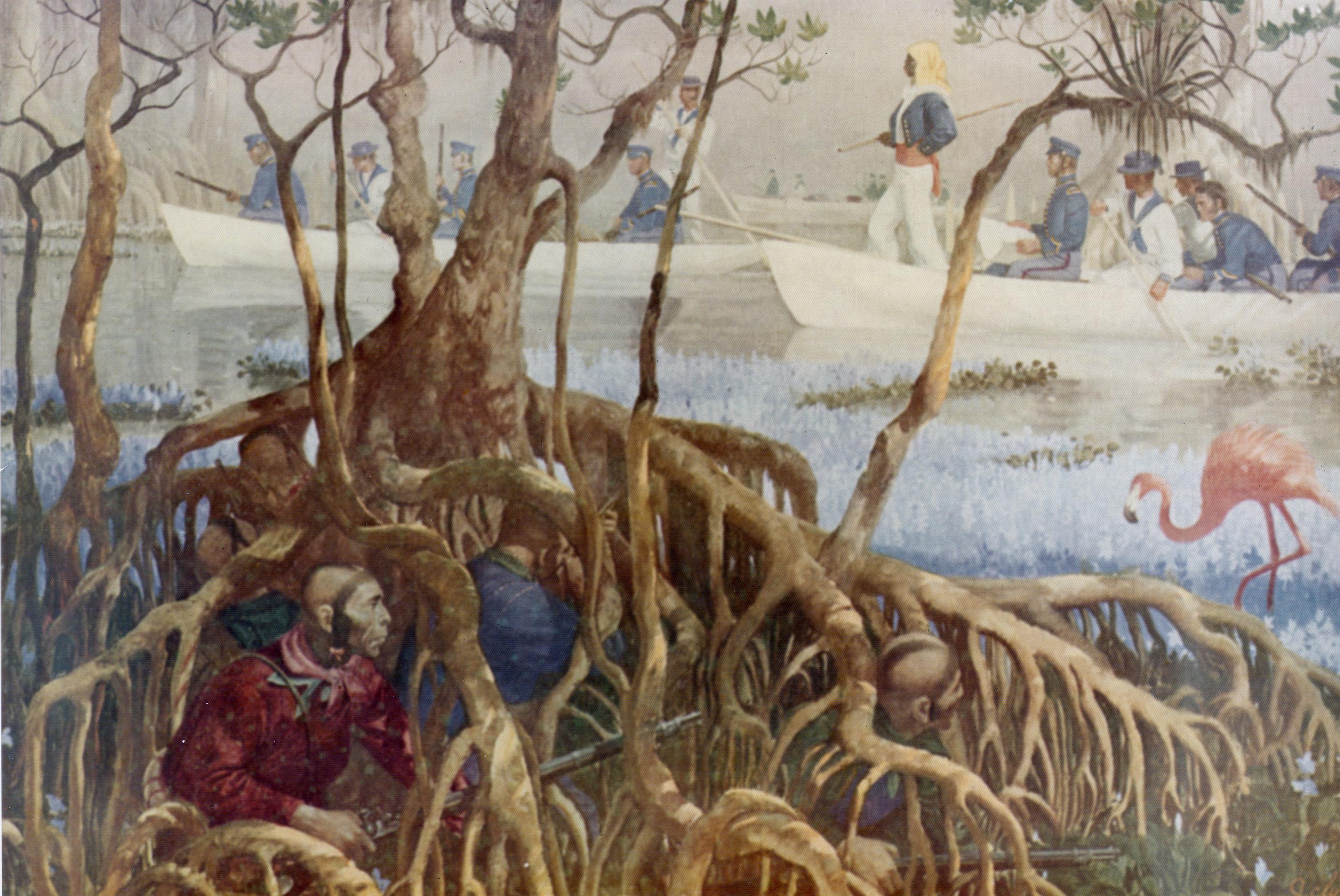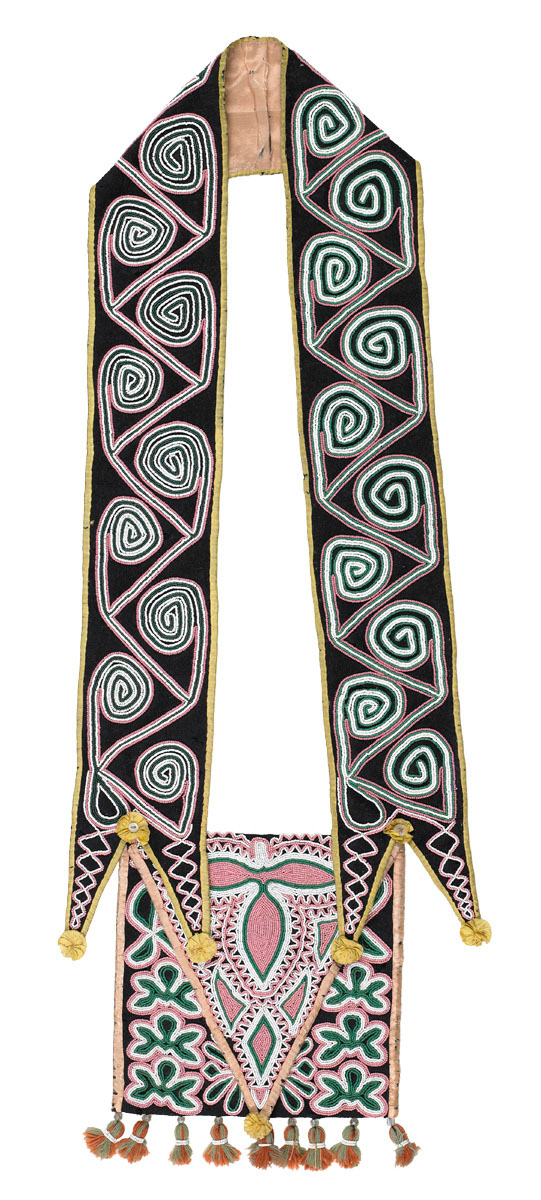|
Blountstown, Florida
Blountstown is a city and the county seat of Calhoun County, Florida, Calhoun County, Florida, United States. As of the 2020 census, the city had a population of 2,266. Name Blountstown is named for John Blount, a Creek Indian chief who served as a guide for General Andrew Jackson during his incursion of Spanish Florida in 1818 during the First Seminole War. This invasion was not directed at Spain, per se, but at refuge Red Sticks, Red Stick Creeks, and allied Seminoles, Seminole, Yuchi, Miccosukee, and Choctaw who had fled to north Florida following the Creek War. Also, a large contingent of Maroons and former Corps of Colonial Marines from the War of 1812 had remained in and around Prospect Bluff Historic Sites, Prospect Bluff, known during that time as the Negro Fort. Jackson's invasion caused Spain to sell Florida to the United States, since it was apparent that the Spanish Empire could not defend the colony from American invasion. Thus, the Spanish Florida colony became a ... [...More Info...] [...Related Items...] OR: [Wikipedia] [Google] [Baidu] |
City (Florida)
Local governments in Florida are established by the state government, and are given varying amounts of non-exclusive authority over their jurisdictions. The laws governing the creation of local governments are contained in the Florida Constitution and the Florida Statutes. Local governments are incorporated by special acts of the Florida Legislature. These include four types: counties, municipalities, school districts, and special districts.Dye, T.R., Jewett, A. & MacManus, S.A. (2007) ''Politics in Florida''. Tallahassee: John Scott Dailey Florida Institute of Government. In some cases, municipal and county governments have merged into a consolidated government. However, smaller municipal governments can be created inside of a consolidated municipality/county. In Jacksonville, Florida, Jacksonville, the municipal government has taken over the responsibilities normally given to Duval County, Florida, Duval County, and smaller municipalities exist within it. Both counties and citi ... [...More Info...] [...Related Items...] OR: [Wikipedia] [Google] [Baidu] |
United States Census Bureau
The United States Census Bureau, officially the Bureau of the Census, is a principal agency of the Federal statistical system, U.S. federal statistical system, responsible for producing data about the American people and American economy, economy. The U.S. Census Bureau is part of the United States Department of Commerce, U.S. Department of Commerce and its Director of the United States Census Bureau, director is appointed by the president of the United States. Currently, Ron S. Jarmin is the acting director of the U.S. Census Bureau. The Census Bureau's primary mission is conducting the United States census, U.S. census every ten years, which allocates the seats of the United States House of Representatives, U.S. House of Representatives to the U.S. state, states based on their population. The bureau's various censuses and surveys help allocate over $675 billion in federal funds every year and it assists states, local communities, and businesses in making informed decisions. T ... [...More Info...] [...Related Items...] OR: [Wikipedia] [Google] [Baidu] |
Creek War
The Creek War (also the Red Stick War or the Creek Civil War) was a regional conflict between opposing Native American factions, European powers, and the United States during the early 19th century. The Creek War began as a conflict within the tribes of the Muscogee, but the United States quickly became involved. British traders and Spanish colonial officials in Florida supplied the Red Sticks with weapons and equipment due to their shared interest in preventing the expansion of the United States into regions under their control. The Creek War took place largely in modern-day Alabama and along the Gulf Coast. Major engagements of the war involved the United States military and the Red Sticks (or Upper Creeks), a Muscogee tribal faction who resisted U.S. territorial expansion. The United States formed an alliance with the traditional enemies of the Muscogee, the Choctaw and Cherokee nations, as well as the Lower Creeks faction of the Muscogee. During the hostilities, the Red ... [...More Info...] [...Related Items...] OR: [Wikipedia] [Google] [Baidu] |
Choctaw
The Choctaw ( ) people are one of the Indigenous peoples of the Southeastern Woodlands of the United States, originally based in what is now Louisiana, Mississippi and Alabama. The Choctaw language is a Western Muskogean language. Today, Choctaw people are enrolled in three federally recognized tribes: the Choctaw Nation of Oklahoma, Mississippi Band of Choctaw Indians, Jena Band of Choctaw Indians in Louisiana. Choctaw descendants are also members of other tribes. Etymology The Choctaw autonym is Chahta. "Choctaw" is an anglicized spelling. According to anthropologist John R. Swanton, the Choctaw derived their name from an early leader of the Choctaw people. Language The Choctaw language belongs to the Muskogean language family. The Choctaw language was well known among the American frontiersmen of the early 19th century. In 1870, a Christian Missionary and fluent Choctaw speaker Cyrus Byington published a Choctaw Dictionary ''Grammar of the Choctaw Language.'' Revi ... [...More Info...] [...Related Items...] OR: [Wikipedia] [Google] [Baidu] |
Miccosukee
The Miccosukee Tribe of Indians ( /ˌmɪkəˈsuki/, MIH-kə-SOO-kee) is a federally recognized Native American tribe in the U.S. state of Florida. Together with the Seminole Nation of Oklahoma and the Seminole Tribe of Florida, it is one of three federally recognized Seminole entities. They are Indigenous peoples of the Southeastern Woodlands. The Miccosukee, along with the Florida Seminole, speak the Mikasuki language, also spelled Miccosukee. The language has been referred to as a descendant of Hitchiti, a dialect of Hitchiti, and another term for Hitchiti.Hardy, Heather & Janine Scancarelli. (2005). Native Languages of the Southeastern United States'' Lincoln, NE: University of Nebraska Press, pp. 69-70 By the late 18th century, the British recorded the name Miccosukee, or Mikasuki, as designating a Hitchiti-speaking group centered on the town of Miccosukee, a tribal town affiliated with the Creek Confederacy. The town spanned sections of present-day Alabama, southern ... [...More Info...] [...Related Items...] OR: [Wikipedia] [Google] [Baidu] |
Yuchi
The Yuchi people are a Native American tribe based in Oklahoma, though their original homeland was in the southeastern United States. In the 16th century, the Yuchi lived in the eastern Tennessee River valley. By the late 17th century, they had migrated south to Alabama, Georgia, and South Carolina, settling near the Muscogee Creek people.Jackson 416 Some also migrated to the Florida panhandle. After suffering heavy losses from epidemic diseases and warfare in the 18th century, the remaining Yuchi bands were forcibly relocated to Indian Territory in the 1830s, alongside their allies, the Muscogee Creek. Today, the Yuchi primarily reside in northeastern Oklahoma, where many are enrolled citizens of the federally recognized Muscogee (Creek) Nation. They continue to maintain a distinct cultural identity, with some members still speaking the Yuchi language, a linguistic isolate. Name The term ''Yuchi'' translated to "over there sit/live" or "situated yonder." Their autonym, ... [...More Info...] [...Related Items...] OR: [Wikipedia] [Google] [Baidu] |
Seminoles
The Seminole are a Native American people who developed in Florida in the 18th century. Today, they live in Oklahoma and Florida, and comprise three federally recognized tribes: the Seminole Nation of Oklahoma, the Seminole Tribe of Florida, and the Miccosukee Tribe of Indians of Florida, as well as independent groups. The Seminole people emerged in a process of ethnogenesis from various Native American groups who settled in Spanish Florida beginning in the early 1700s, most significantly northern Muscogee Creeks from what are now Georgia and Alabama. Old crafts and traditions were revived in both Florida and Oklahoma in the mid-20th century as the Seminole began seeking revenue from tourists traveling along the new interstate highway system. In the 1970s, Seminole tribes began to run small bingo games on their reservations to raise revenue. They won court challenges to initiate Indian gaming on their sovereign land. Many U.S. tribes have likewise adopted this practice wh ... [...More Info...] [...Related Items...] OR: [Wikipedia] [Google] [Baidu] |
Red Sticks
Red Sticks (also Redsticks, Batons Rouges, or Red Clubs)—the name deriving from the red-painted war clubs of some Native American Creek—refers to an early 19th century traditionalist faction of Muscogee Creek people in the Southeastern United States. Made up mostly of Creek of the Upper Towns that supported traditional leadership and culture, as well as the preservation of communal land for cultivation and hunting, the Red Sticks arose at a time of increasing pressure on Creek territory by European American settlers. Creek of the Lower Towns were closer to the settlers, had more mixed-race families, and had already been forced to make land cessions to the Americans. In this context, the Red Sticks led a resistance movement against European American encroachment and assimilation, tensions that culminated in the outbreak of the Creek War in 1813. Initially a civil war among the Creek, the conflict drew in United States state forces while the nation was already engaged in the ... [...More Info...] [...Related Items...] OR: [Wikipedia] [Google] [Baidu] |
First Seminole War
The Seminole Wars (also known as the Florida Wars) were a series of three military conflicts between the United States and the Seminoles that took place in Florida between about 1816 and 1858. The Seminoles are a Native American nation which coalesced in northern Florida during the early 1700s, when the territory was still a Spanish colonial possession. Tensions grew between the Seminoles and American settlers in the newly independent United States in the early 1800s, mainly because enslaved people regularly fled from Georgia into Spanish Florida, prompting slaveowners to conduct slave raids across the border. A series of cross-border skirmishes escalated into the First Seminole War, when American general Andrew Jackson led an incursion into the territory over Spanish objections. Jackson's forces destroyed several Seminole, Mikasuki and Black Seminole towns, as well as captured Fort San Marcos and briefly occupied Pensacola before withdrawing in 1818. The U.S. and Spain soon ... [...More Info...] [...Related Items...] OR: [Wikipedia] [Google] [Baidu] |
Spanish Florida
Spanish Florida () was the first major European land-claim and attempted settlement-area in northern America during the European Age of Discovery. ''La Florida'' formed part of the Captaincy General of Cuba in the Viceroyalty of New Spain, and the Spanish Empire during Spanish colonization of the Americas. While its boundaries were never clearly or formally defined, the territory was initially much larger than the present-day state of Florida, extending over much of what is now the southeastern United States, including all of present-day Florida plus portions of Georgia, South Carolina, North Carolina, Alabama, Mississippi, and the Florida Parishes, Florida Parishes of Louisiana. Spain based its claim to this vast area on several wide-ranging expeditions mounted during the 16th century. A number of missions, settlements, and small forts existed in the 16th and to a lesser extent in the 17th century; they were eventually abandoned due to pressure from the expanding English and Fre ... [...More Info...] [...Related Items...] OR: [Wikipedia] [Google] [Baidu] |
Andrew Jackson
Andrew Jackson (March 15, 1767 – June 8, 1845) was the seventh president of the United States from 1829 to 1837. Before Presidency of Andrew Jackson, his presidency, he rose to fame as a general in the U.S. Army and served in both houses of the U.S. Congress. Jacksonian democracy, His political philosophy became the basis for the History of the Democratic Party (United States), Democratic Party. Jackson's legacy is controversial: he has been praised as an advocate for working Americans and Nullification crisis, preserving the union of states, and criticized for his racist policies, particularly towards Native Americans in the United States, Native Americans. Jackson was born in the colonial Carolinas before the American Revolutionary War. He became a American frontier, frontier lawyer and married Rachel Donelson Jackson, Rachel Donelson Robards. He briefly served in the U.S. House of Representatives and the U.S. Senate, representing Tennessee. After resigning, he served a ... [...More Info...] [...Related Items...] OR: [Wikipedia] [Google] [Baidu] |
Creek Indian
The Muscogee, also known as the Mvskoke, Muscogee Creek or just Creek, and the Muscogee Creek Confederacy ( in the Muscogee language; English: ), are a group of related Indigenous peoples of the Southeastern WoodlandsTranscribed documents Sequoyah Research Center and the American Native Press Archives in the . Their historical homelands are in what now comprises southern , much of , western |





